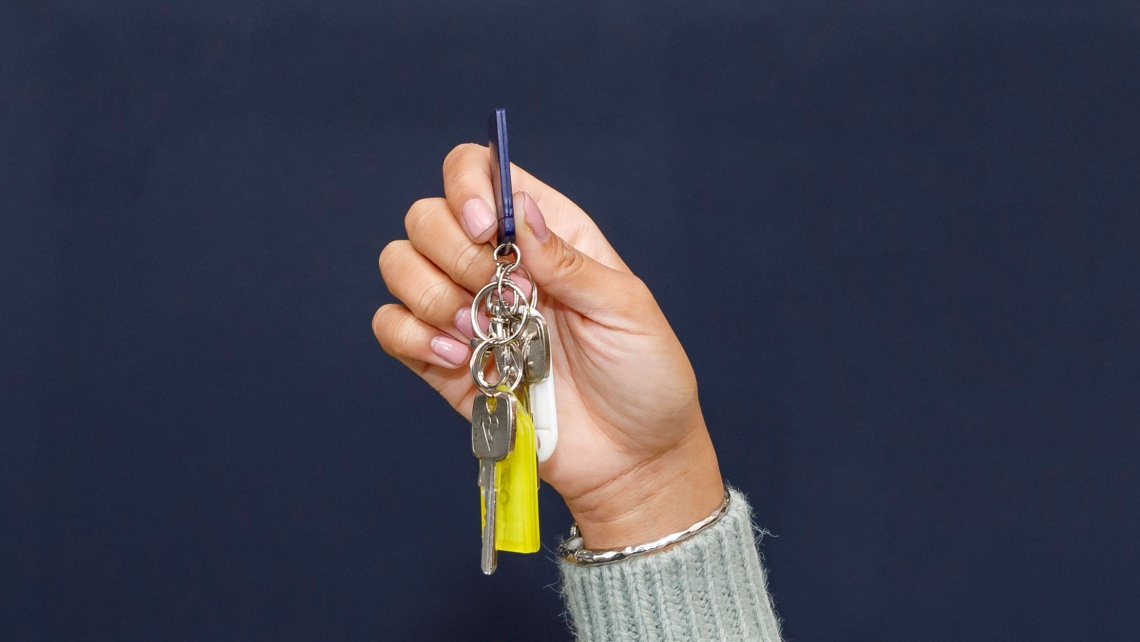From 1 April 2021, a 2% surcharge was added to Stamp Duty Land Tax rates for non-UK residents buying a residential property in England and Northern Ireland. If you are an overseas buyer and you would like to know more about the rates of Stamp Duty that you can expect to pay, continue reading below.
Definition of a non-UK resident
For the purposes of Stamp Duty, an individual can only be classed as a UK resident if they have spent at least 183 days in the UK over any consecutive 365-day period beginning 12 months before the ‘effective date of the transaction’ and ending 12 months after. Anyone who has spent less time in the UK will be deemed a non-UK resident.
Who will need to pay the 2% Stamp Duty surcharge?
The surcharge applies to all non-UK resident purchasers of freehold residential property over £40,000 and leasehold property where the remaining lease-term is more than seven years.
If a property is purchased by a couple who are married or are in a civil partnership, and at least one of them is defined as a UK resident for Stamp Duty purposes, then they do not need to pay the surcharge. However, if a purchase is made by joint buyers that do not meet the above criteria, and one of them is a non-UK resident, the surcharge will apply to the whole transaction and not just the proportion belonging to the non-UK resident.
Stamp Duty rates for non-UK residents
The non-UK resident surcharge is set at an extra 2% of the property purchase price which is added to all ordinary residential rates of SDLT including reduced first time buyer rates and the second home owner 5% surcharge.
Find out how much stamp duty you will pay using our stamp duty calculator.
Reclaiming the Stamp Duty surcharge
Non-UK residents who have paid the surcharge, but later satisfy the conditions to become a UK resident (for the purposes of SDLT), can file for a refund.
The SDLT return must be amended within two years of the purchase to reclaim the surcharge.





